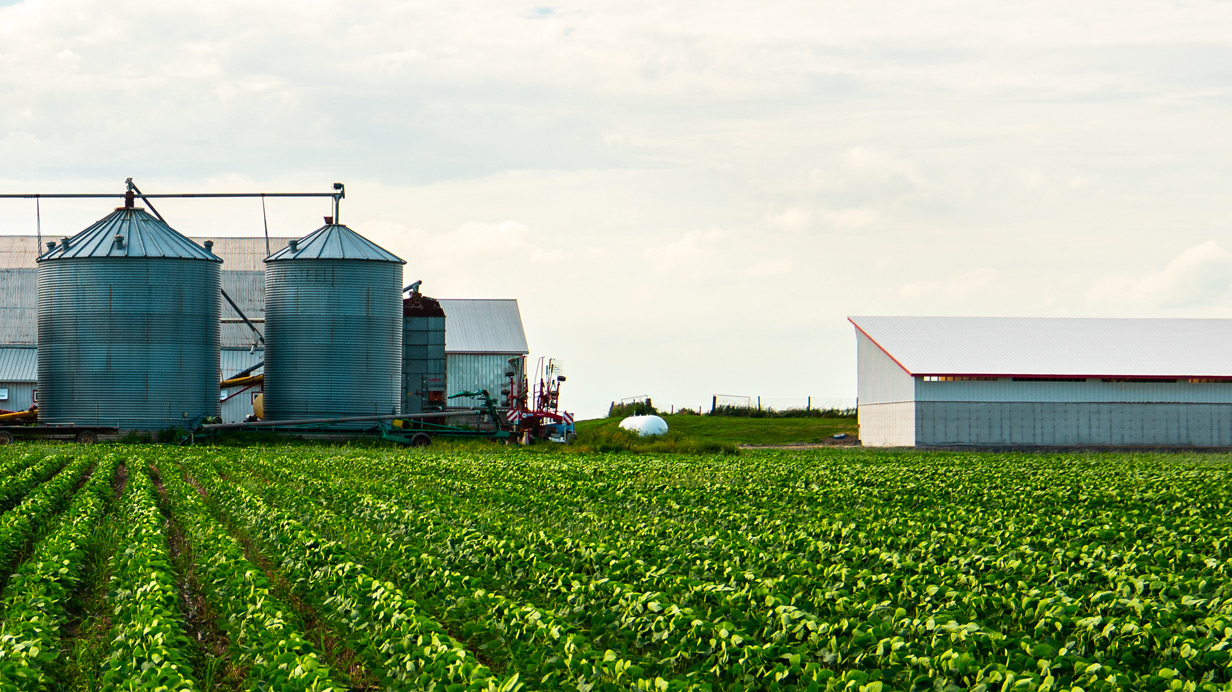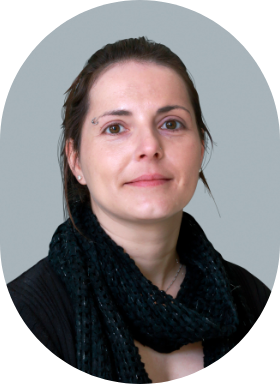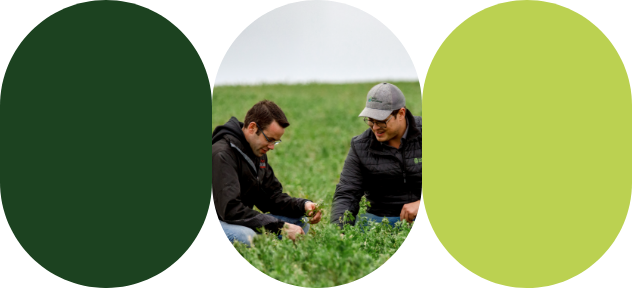Fertilize different with fertilizing residual materials
Although little known and underestimated, fertilizing residual materials (FRMs) are a cost-saving solution for farmers.
“There’s an FRM for every need, from fertilizing to adding organic matter and correcting pH,” says Simon Naylor, Vice-President and Co-Founder of Viridis environnement. Viridis has a 70% share of the FRM recovery market and delivers 600,000 tonnes of organic matter to 700 farm businesses each year.
However, Simon Naylor is keen to stress that “we are not replacing manure and slurry with FRMs. FRMs are useful for farmers who do not have access to manure or slurry, as they can use FRMs to add organic matter to the soil when they fertilize.”
How FRMs work
There are several different types of FRMs, including:
Municipal biosolids
Biosolids from de-inking
Mixed paper mill biosolids
Agri-food biosolids
Green residues: grass, leaves and wood chips
Dairy wastewater
Calcium-rich by-products
FRMs are generally free of charge as processing plants pay to have them recycled. Where necessary, Viridis also offers financial incentives to compensate farmers for temporary FRM storage or application.
The 200 plants served by Viridis produce FRMs all year round, while farmers only apply it for a few days in spring and fall. As a result, Viridis is always looking for partner farmers to store FRMs that are waiting to be used in the field. “We ask farmers if they have unused pits that we could rent out to store FRMs,” says Naylor.
Viridis advisors provide individual support to all farmers who receive FRMs, offering them a turnkey service. They handle environmental compliance, transport and storage logistics. “We take care of all these procedures, often at no cost to the farmers,” Naylor notes. “At Viridis, we do all the paperwork and coordination. That’s our strength, so that farmers can reap all the benefits of FRMs without having to deal with the administrative hassle!”
Plans for the future
Viridis has 60 employees and covers Québec and eastern Ontario with five regional offices in Barraute, Mont-Saint-Hilaire, Saguenay, Sherbrooke and Québec City.
Following Viridis’ recent strategic planning, the cooperatives decided to open up new avenues of development for the company. The main objective is to integrate activities upstream and downstream of FRM recovery.
The first stage involves the processing and transformation of residual materials through the construction and operation of biomethanization plants. Five projects are currently underway, the most advanced of which is Agriméthane Saguenay in Québec.
The second stage involves the creation of sites for processing organic matter from household waste. To this end, Viridis has adapted a technology developed by the Institut de recherche et de développement en agroenvironnement (IRDA) to extract organic matter from bags of household waste, clean it, dry it and sieve it to produce high-quality compost for use in agriculture. This technology will be tested for the first time in Beauce in summer 2021.
To broaden its base of recipient farmers, Viridis is also looking into producing organomineral fertilizers using some of its FRMs. It is even aiming to produce organic fertilizers. If Viridis’ rapid development is anything to go by, such a future doesn’t seem too far away.
Viridis and Sollio Agriculture
In 2017, Sollio Agriculture and 11 regional agricultural cooperatives acquired a majority stake in Viridis, the leading recycler of FRMs in Québec.
According to Simon Baillargeon, Vice-President, Business Development, at Sollio Agriculture, the alliance between the sides was a natural one: “The cooperatives wanted to invest in FRM recycling. And, for Viridis, this partnership opened a direct door to the farmers who are customers of the cooperatives. It was a win-win situation.”
Baillargeon continues: “The Sollio network’s investment in Viridis shows that the role of cooperatives is not only to offer traditional products, but also to meet farmers’ needs.”
FRMs complement standard inorganic fertilizers to maximize yields and keep soils healthy.
Source: This article was originally published in French in the May–June 2021 issue of Coopérateur magazine.



